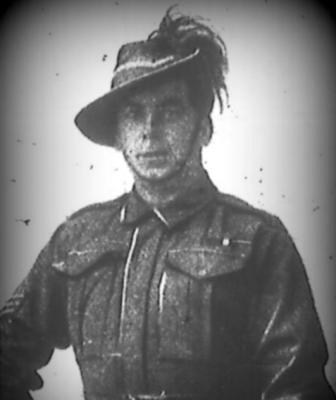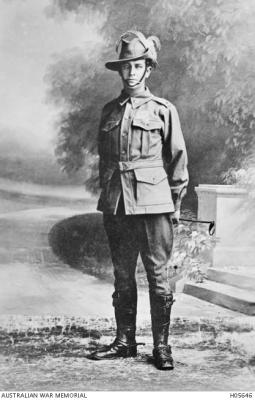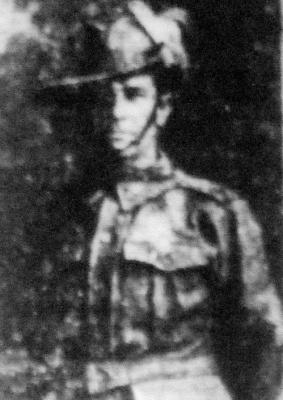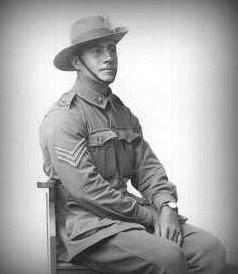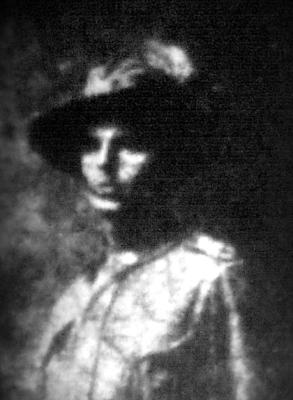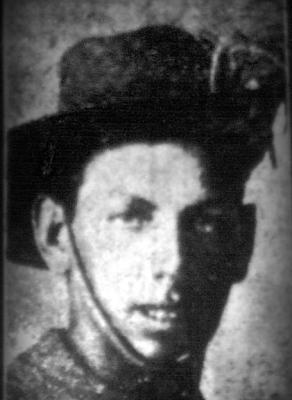Drum Major - Ceremonial Mace
Structurally, a drum major mace consists of three major components: the crown, the shaft and the ferrule. The staff is the wooden cylinder to which the metallic ferrule attaches as a metal casing for the staff's end point. The crown, a bell-shaped piece of metal, sits at the other end of the staff and is the top of the drum major mace. The crown consists of two parts: the bell-shaped base and a detachable dome-shaped top. Drum majors can affix different domes that are topped with different metal ornaments, called finials, that can take a variety of shapes. These shapes can take the form of things such as royal crowns or the mace can have a plain tip.
The drum major’s mace is the symbol of the drum major's authority over the band's members and acts as the drum major's badge of office.
"See drummers with the fifers come
And the beater with the massive drum
The grand-drum major first doth stalk
With gold-knobbed stick and pompous walk
And as he marches o'er the ground
He thinks he turns the world around"
The Barrack Field, 1748
Details
Details
The main task of a military drum major is to control the tempo that the band plays at as well as set the marching pace. The drum major gives drill commands to the band to denote whether to turn to the left or right, perform a counter march or mark time, or halt and cut off the music.
As they march, drum majors move their maces in rhythm with the paces they set for the band. This enhances the military look and regimented feel of the bands for the parade audience. It also allows each drum major mace to act as a conductor's baton, because the band behind the drum major can ensure that they are marching and playing at the right pace by observing the rhythm of the mace.
The Australian Army Museum of WA has two drum major maces in its collection. One is a practice mace of wood only construction. Practice maces were used during training and rehearsals to avoid damage to more costly and elaborate ceremonial maces of silver or gilt metal. The othe example is a wartime mace gifted to the 2/28 Battalion band.
Australian Army Museum of Western Australia
Australian Army Museum of Western Australia
Other items from Australian Army Museum of Western Australia
- World War 1, Australia, Western Australia, 106 DRAKE BROCKMAN, 10 Light Horse
- World War 1, Australia, Western Australia, 105 CRUITE, 10 Light Horse
- World War 1, Australia, Western Australia, 103 BARRACLOUGH, 10 Light Horse
- World War 1, Australia, Western Australia,102 BUCKLAND, 10 Light Horse
- World War 1, Australia, Western Australia, 101 ANDERSON, 10 Light Horse
- World War 1, Australia, Western Australia, 92 YATES, 10 Light Horse
- World War 1, Australia, Western Australia, 101 ANDERSON, 10 Light Horse
- World War 1, Australia, Western Australia, 100 HALL, 10 Light Horse
- World War 1, Australia, Western Australia, 97 CHIPPER, 10 Light Horse
- World War 1, Australia, Western Australia, 93 COMBLEY, 10 Light Horse
- World War 1, Australia, Western Australia, 108 EDGAR, 10 Light Horse
- World War 1, Australia, Western Australia, 91 FRANKLIN, 10 Light Horse
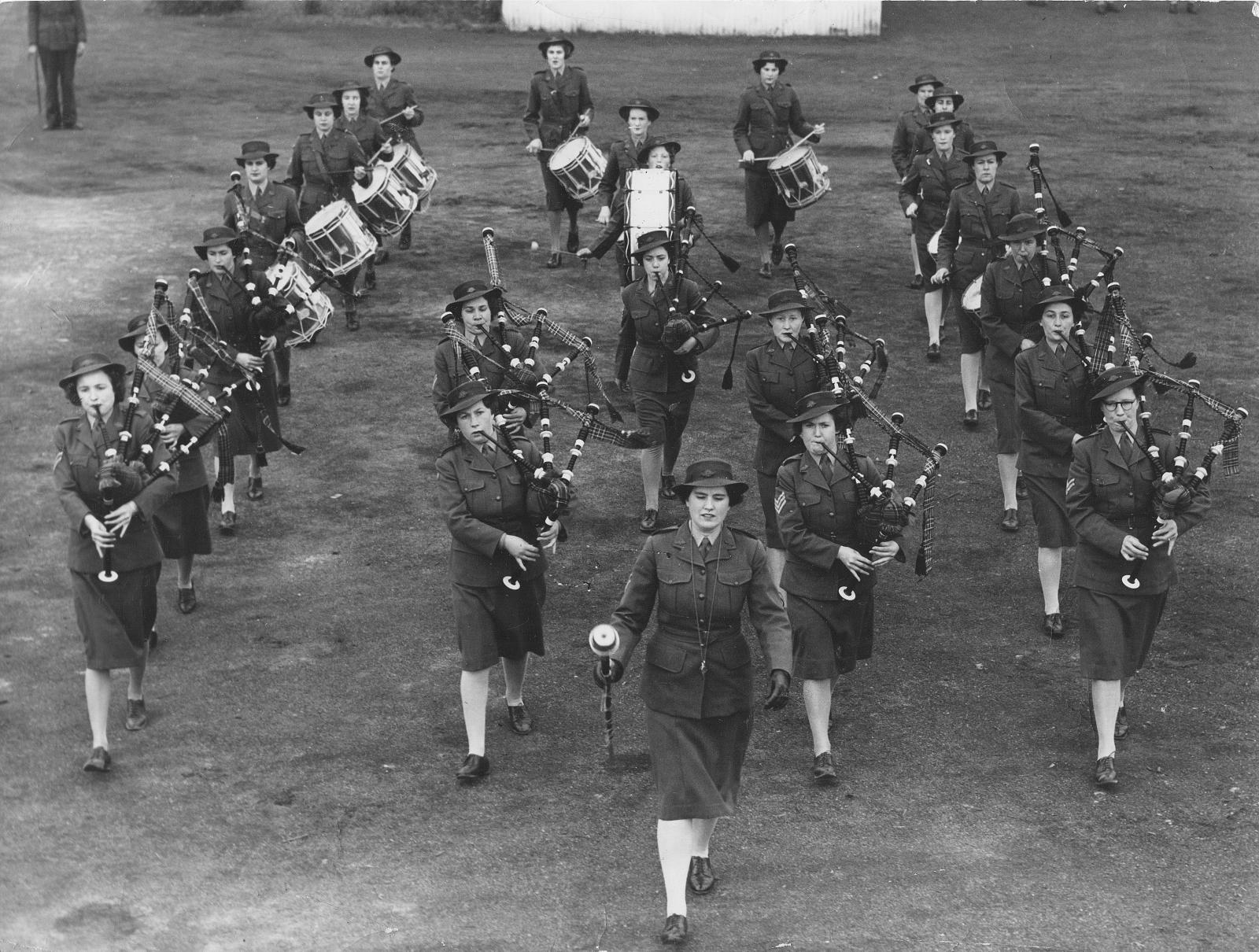
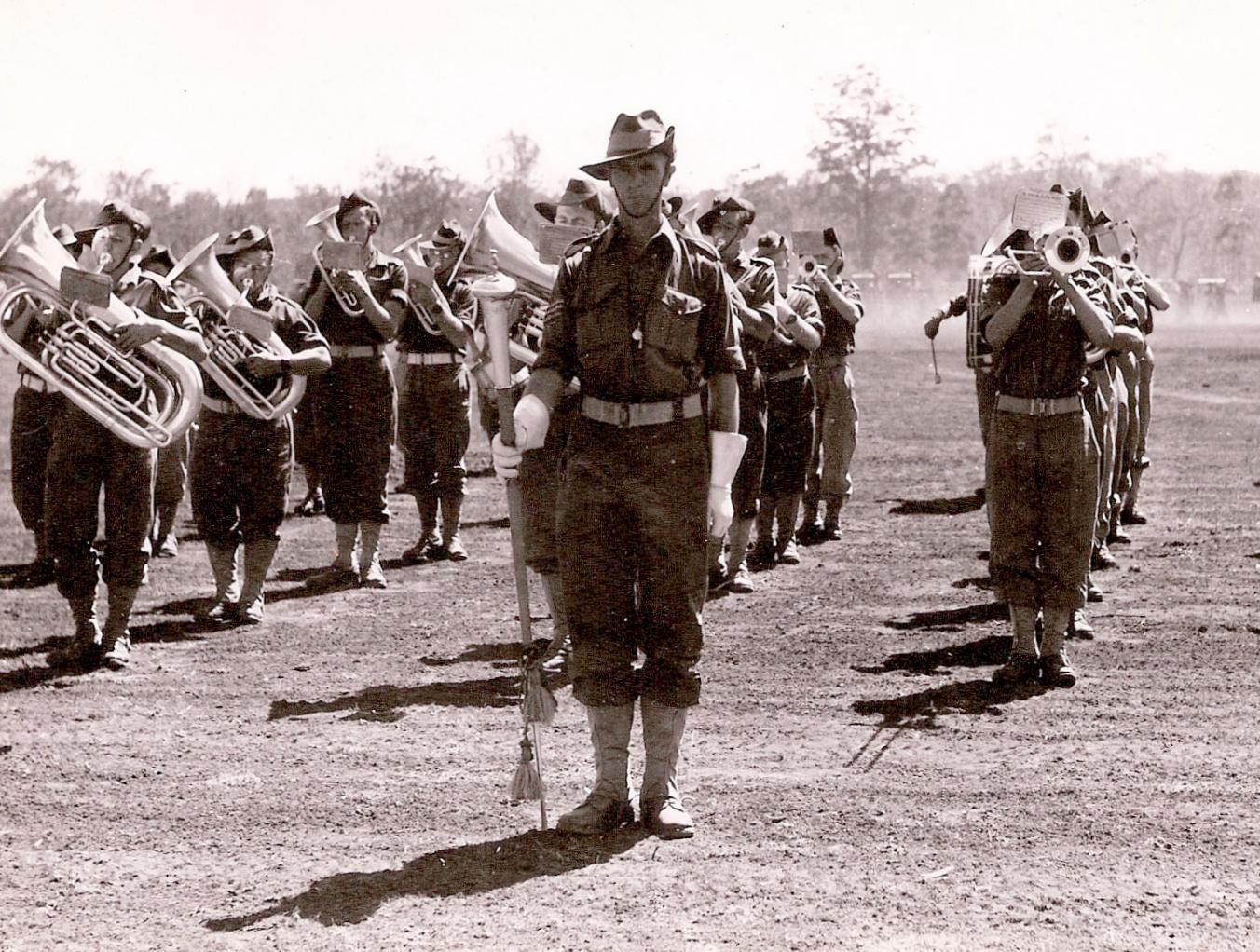
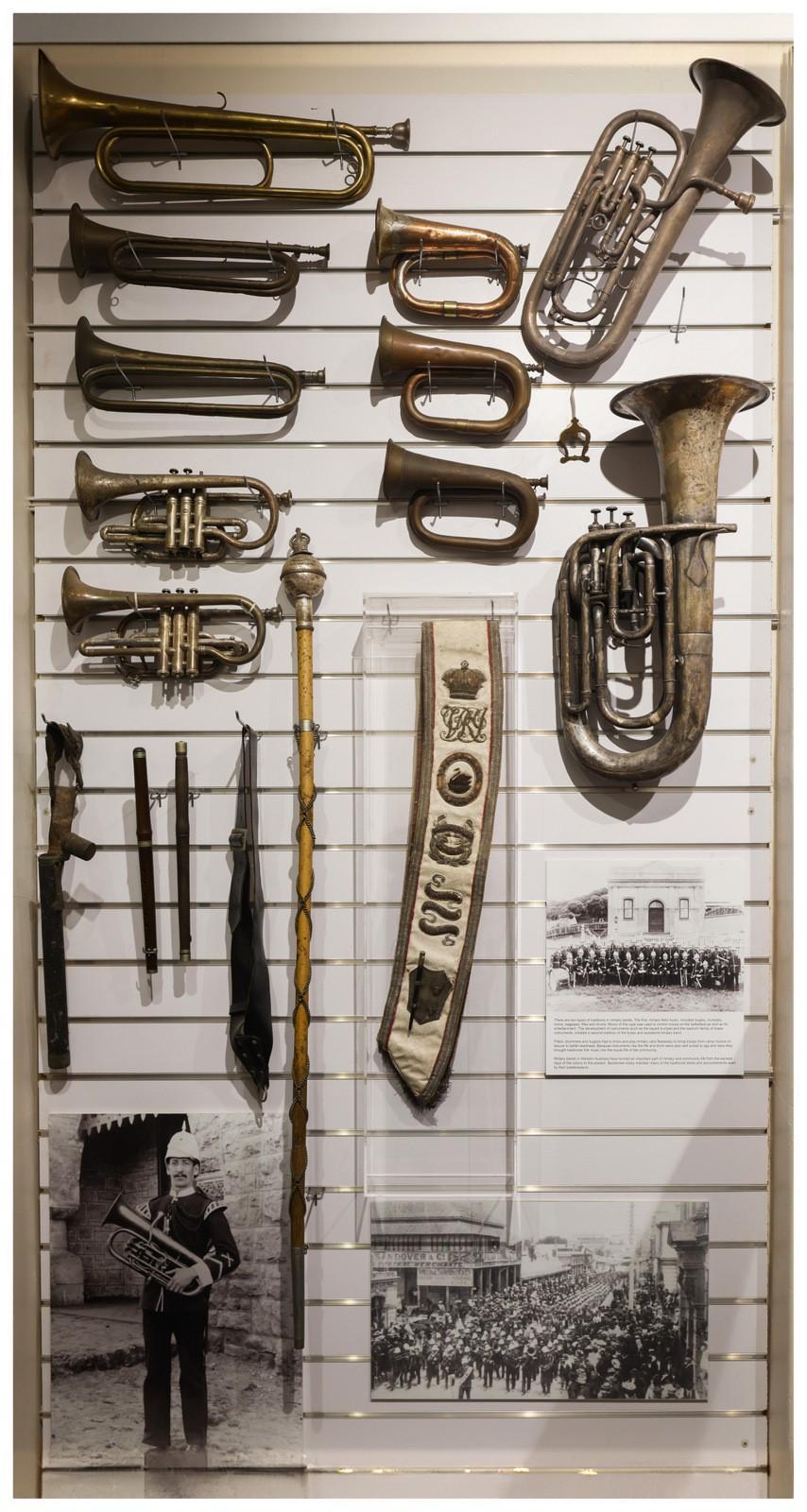
Scan this QR code to open this page on your phone ->


